There olive fly (Bactrocera oleae) it is a dreaded insect that infests olive crops in many regions of the world, causing serious damage to olive and olive oil production. These pests can compromise the quality and quantity of the crop, leading to significant economic losses for olive growers. Fortunately, there are several strategies for controlling for eliminate the olive flyand one of the most effective and environmentally sustainable solutions is the use of food traps.
Food traps are devices designed to attract and capture olive flies using attractive food baits. These traps exploit the natural behavior of flies, which are attracted to the scents and flavors of fermented protein foods. Once drawn into the traps, the flies are trapped and unable to get out.
This article will explore in detail how food traps can be used to eliminate the olive fly by mass trapping. We’ll also provide practical tips to maximize trap effectiveness and minimize infestation.
What to put in the traps to eliminate the olive fly?
Food traps represent an effective and ecologically sustainable method for the control of the olive fly (Bactrocera oleae) and other harmful insects such as the fruit fly (Ceratitis capitata) . These traps exploit the biological and behavioral characteristics of flies to attract and trap them.
The food traps commonly used to fight the olive fly are made with 1.5 l or 2 l plastic bottles for mineral water. These bottles are filled three quarters with water and half a salted sardine is placed inside. Before using the sardines, it is important to wash them thoroughly to remove the preservative and allow the fish to putrefy. This putrefaction process creates a hydrolysed protein compound which gives off attractive odors, especially for adult female olive flies.
The attractiveness of food traps is based on the presence of substances such as putrescine, which is known to be highly attractive for diptera of the family Tephritidae, to which the oil fly belongs. The adult females, attracted by the unpleasant odors developed by the putrescine, enter the bottles through the opening. Once inside, it becomes extremely difficult for them to find their way out.
How to make the olive fly trap?
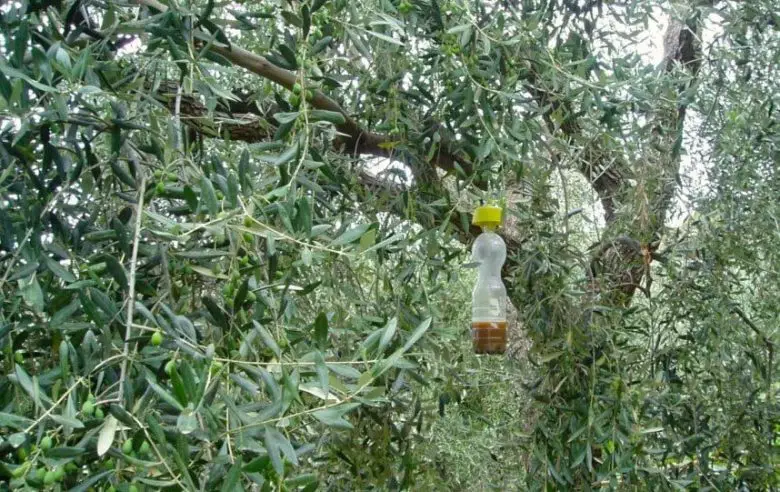
The food trap can be made in a completely artisanal way, creating entry holes in the upper part of the bottle and, with a nylon thread, hook the bottle to the tree from the normal cap.
To improve the effectiveness of food traps for the mass capture of the olive fly, a product called Tap-trap is available. This device, similar to a large yellow cap, which is one of the most attractive colors for the olive fly, has a cone that hides a hooking mechanism to the plastic bottle for mineral water. The cone provides enough space for insects to enter through the opening hole in the bottle, but makes it virtually impossible for them to exit. Furthermore, at the end of the Tap-trap cap there is a hook to which you can tie a thread and then hang the bottle on the tree in a practical way.
There are also pre-packaged traps on the market with the ready-made food attractant. They have a higher unit cost, but are very practical and therefore recommended for those who have few olive trees to defend. If you want to try them you can find them here.
How and when to place food traps on olive trees?
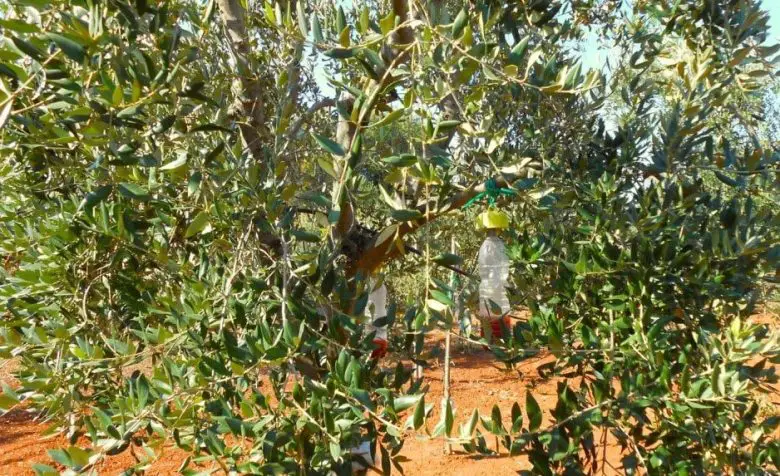
To obtain optimal results with food traps for olive fly control, it is important to place them correctly on olive trees and manage them properly. By following a few guidelines, it is possible to maximize the effectiveness of the traps and reduce the infestation of olive flies.
It is recommended to use one trap for each olive tree. This helps to cover the entire olive grove area and maximize the chances of trapping harmful pests.
Food traps should be placed on the south or southwest side of the olive trees. This location takes full advantage of the sun exposure and temperature, which influence the activity and attractiveness of the olive flies. Furthermore, it is preferable to place the traps at a height varying from 1 to 2 meters from the ground, in order to make them easily accessible for the flies.
It is important to periodically renew the food traps by replacing the bottles. In general, during the oil season which runs from July to October, it is recommended to replace the traps about three times. This maintains the effectiveness of the food baits and ensures that captured flies do not further hinder the attractiveness of the traps.
If you want to buy this particular cap and create your own traps, you will find a wide selection here.
It is also essential to regularly monitor food traps to assess the effectiveness and extent of the infestation. Inspect the bottles for trapped flies and to determine if they need to be replaced before their due date. This regular monitoring allows trap management to be adapted according to local conditions and the trend of the infestation.
Flies trapped inside bottles must be collected and disposed of properly. Make sure you empty the bottles properly, for example by burying the flies in an appropriate place.
Remember that food traps are only part of an integrated approach to the biological control of the olive fly, which can also include other measures, such as anti-deposition treatments such as kaolin to ensure effective and complete protection of the olive grove.
Advantages of using traps to eliminate the olive fly
The use of food traps offers several advantages. First of all, it is an ecological method which does not require the use of chemical pesticides harmful to the environment and human health. Furthermore, the food traps are selective, mainly capturing adult flies without harming other beneficial insects present in the agricultural ecosystem. This approach makes it possible to significantly reduce the olive fly population and minimize damage to crops.
In conclusion, food traps are an innovative and promising method for olive fly control. Through the use of plastic bottles filled with water and salted sardines, these traps attract flies and trap them, preventing them from infesting olive crops. Adding devices like Tap-trap further improves the effectiveness of traps. With proper implementation, food traps can help protect olive crops sustainably and efficiently.


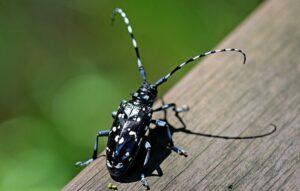
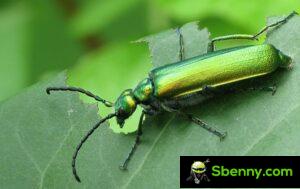
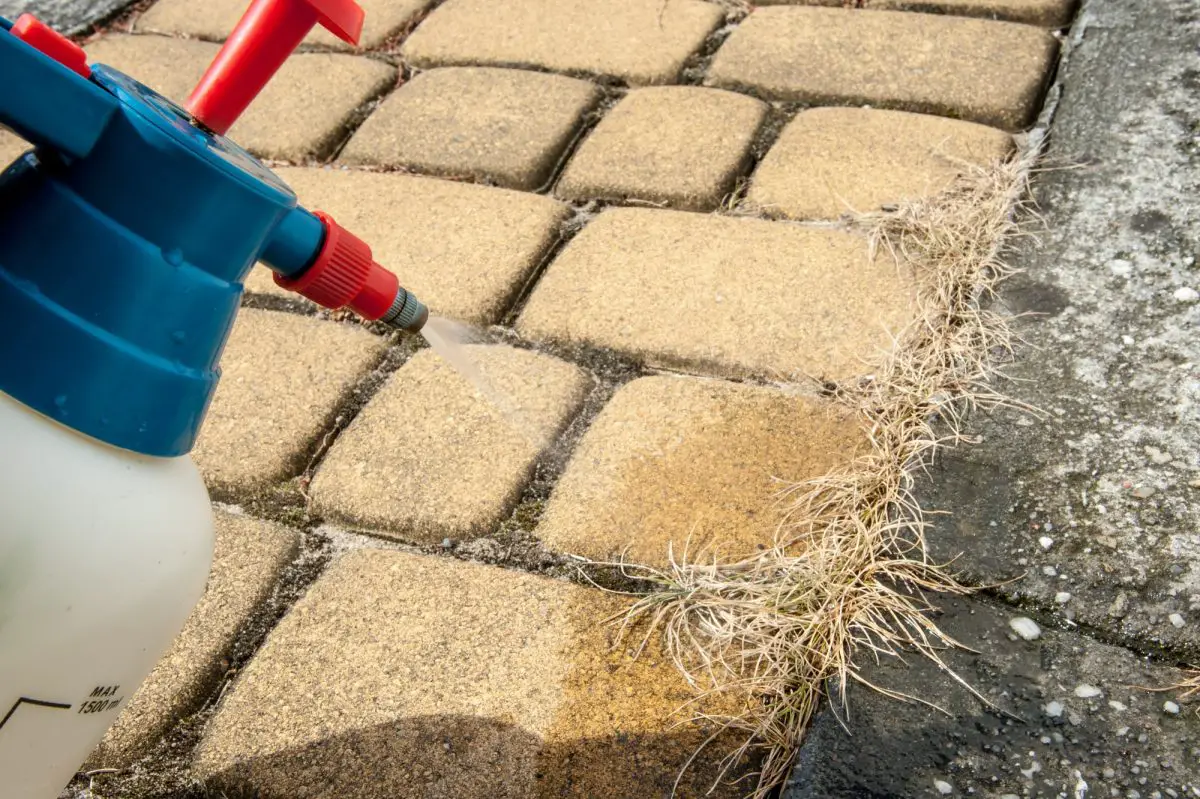
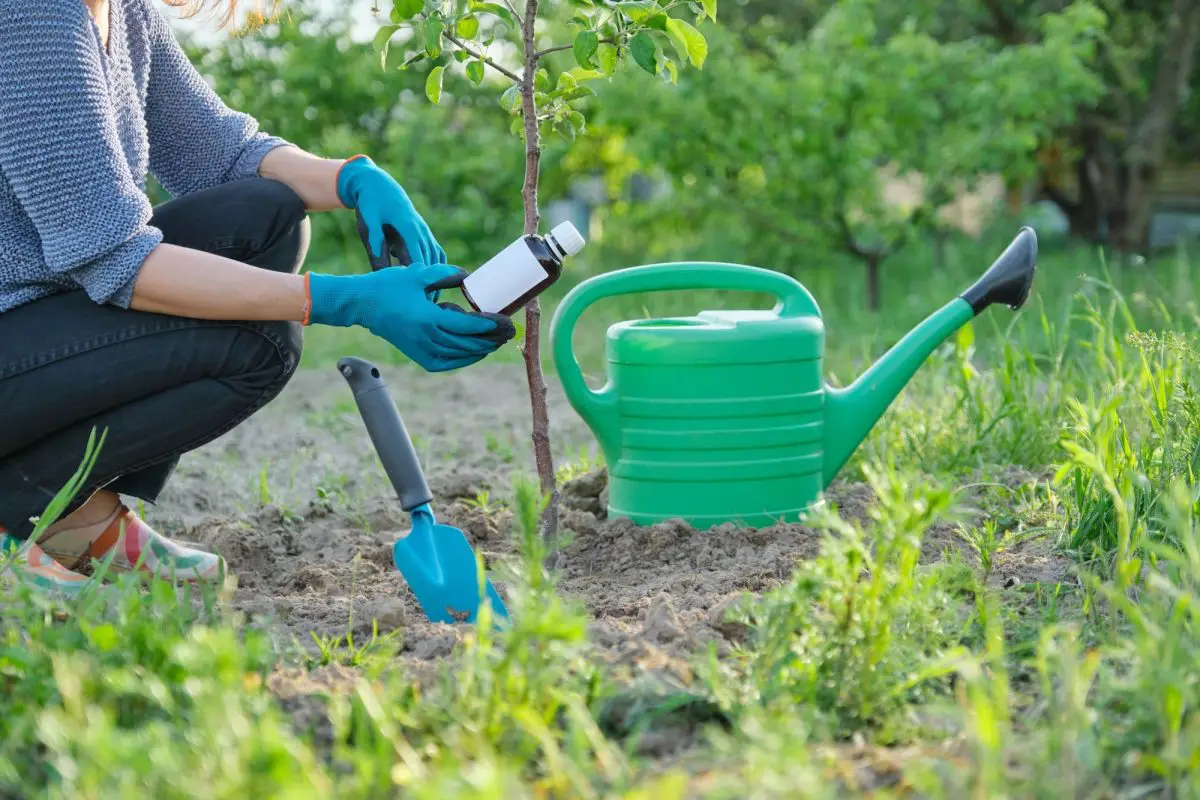
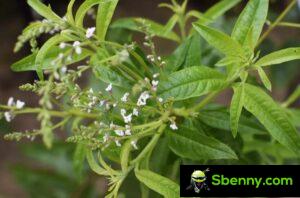
Start a new Thread